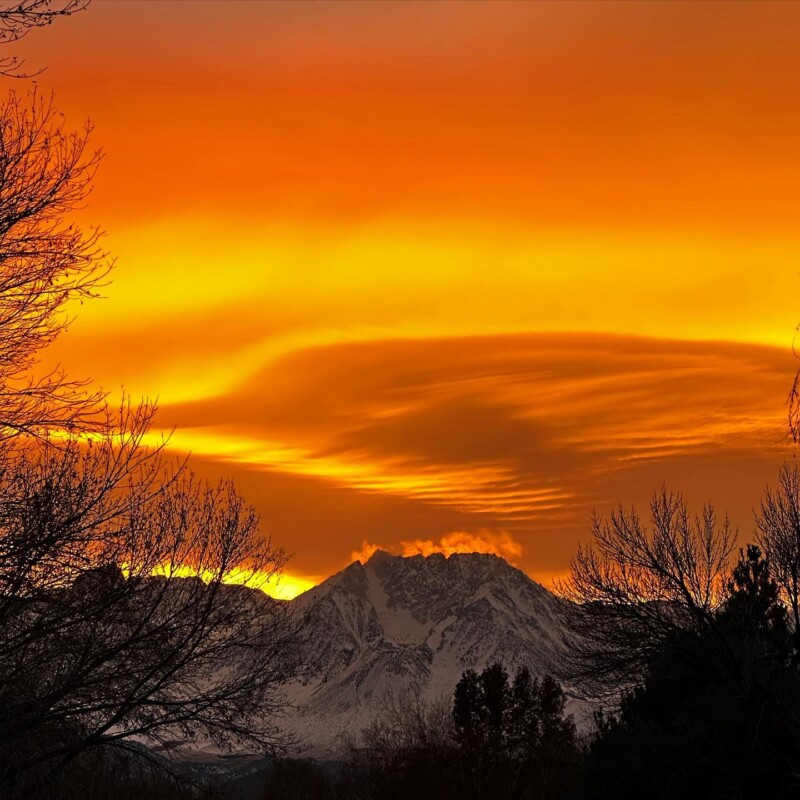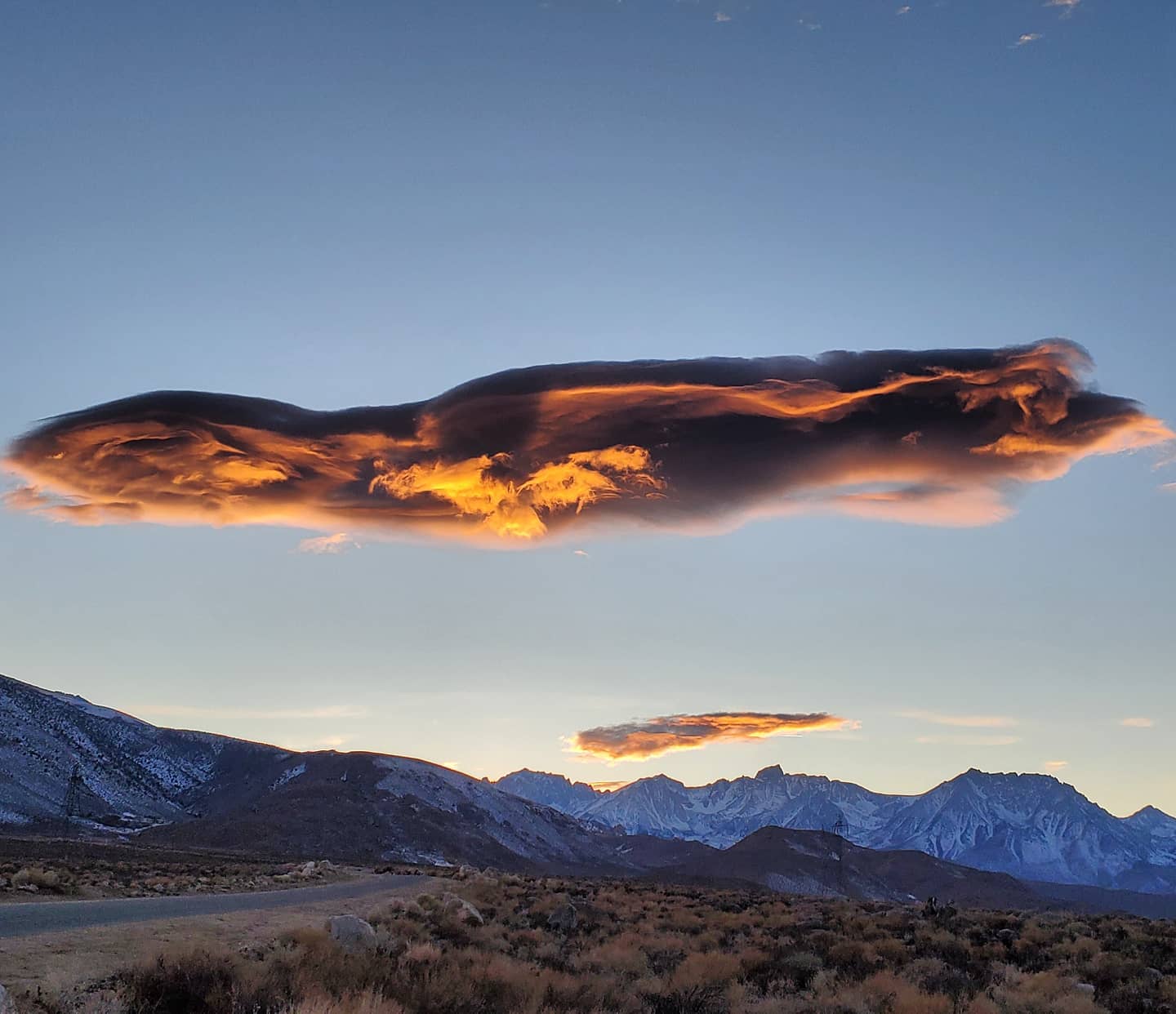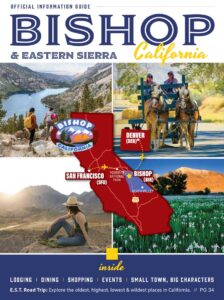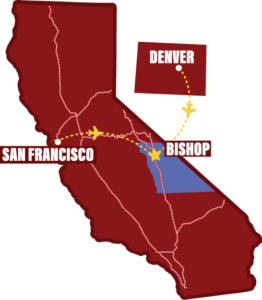Sierra Wave

Sierra Wave Golden State California photo by @Delgdesigns
What Is A Sierra Wave And How To Catch It
California’s heartbeat is intertwined with the Pacific Ocean. From its iconic surf culture to its climate, it weaves itself into everything. Despite Bishop and the Eastern Sierra being hundreds of miles from the coast, it too is affected by it. And you’ll see it in its weather and seasons including the “Sierra Wave.”
What Is The Sierra Wave
The Sierra Nevada, being the first major barrier, is like the surf break where weather related phenomenon such as storms as well as wind hit it with all its force. This translates into one-of-a-kind weather phenomena including its own cloud formation – the Sierra Wave. A lenticular cloud formation created by high, intense winds that lift off as they rapidly gain elevation. These types of clouds can be seen in other mountain ranges. But none as impressive as the sizes the Sierra Nevada can create.
Consider Yourself Lucky If You See One In The Wild
The formation of a Sierra Wave is dependent upon many factors. Scientists are still trying to determine when they form or not. They know for them to appear, it takes a perfect mix of wind speed and direction, leeward wind patterns, and water vapor. Given that Sierra Waves are dependent upon many variables, their formation is unpredictable. If you do get to see one, be sure to take a photo and tag us! If you want to learn more about the Sierra Wave and its creation, check out Eastern Sierra Audubon’s article.

Sierra Wave photo by @kschipke
Other Kinds Of “Waves” To Catch
In addition to clouds, the Sierra Nevada’s large elevation change over a short distance creates waves of change in climate too. For example, fall foliage. Like a slow cascade, fall colors begin up high in mid-September and slowly trickle downward into the valley where it can last well into November. Then in the spring and early summer, the opposite happens. The snowmelt creates an awesome display of waterfalls and wildflowers. It starts slowly in the Owens Valley and rides like a slow wave up into the high country making the bloom in some years last for over SIX MONTHS!
What sets Bishop and the Sierra apart from many other mountainous regions is its extremes. As we like to call it “the land of -est.” In addition to the huge elevation change, being so close to the Pacific Ocean makes things happen quickly and allows you to feel the force of the ocean in a different way. Come catch the “Sierra Wave” and see how its power affects each season in its own way.




